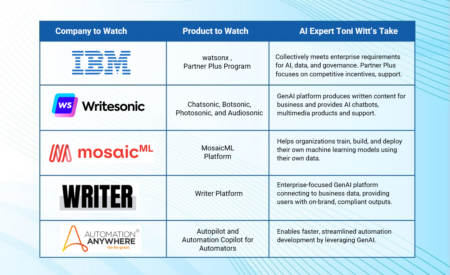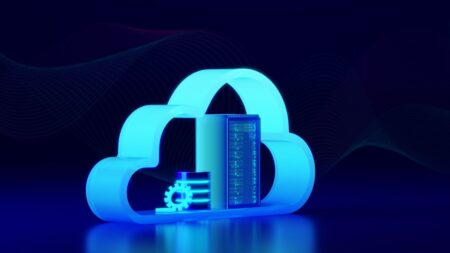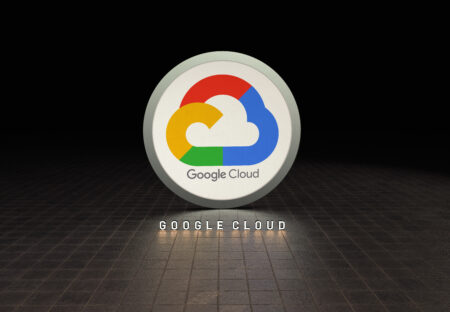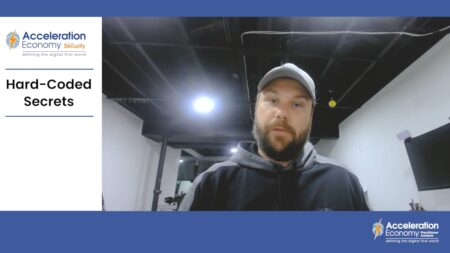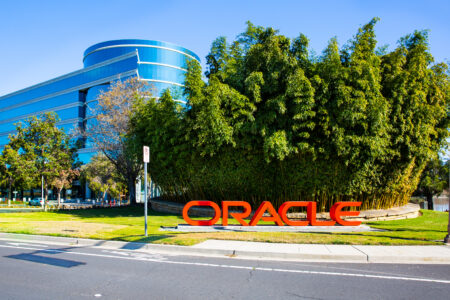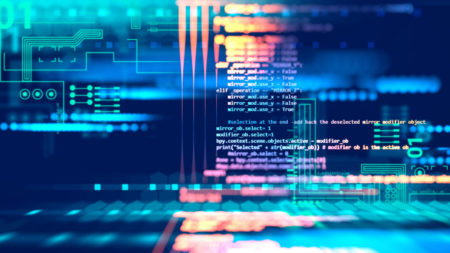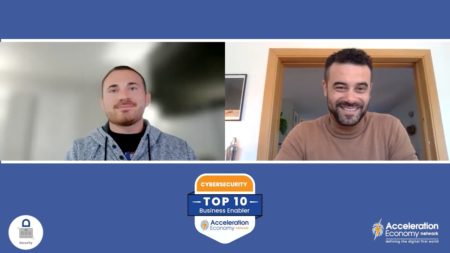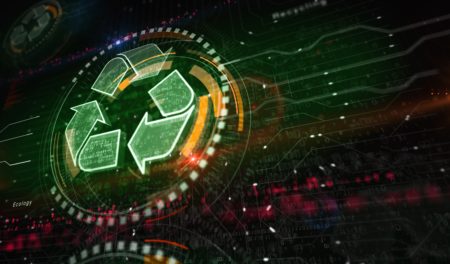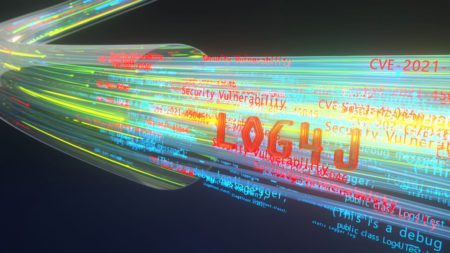Snyk’s report on AI-generated code security shows how developers, lured by accelerated production, are unwittingly overlooking risks.
Search Results: open source (1981)
The top 5 generative AI products to watch feature platforms to build GenAI and machine learning apps, produce content, govern AI, and accelerate automation initiatives.
Andi Gutmans, VP and GM for databases at Google, highlights a surge in customer interest in modernizing their database estates by transitioning from legacy to open-source databases, driven by flexibility and cost benefits.
With an expansive ecosystem strategy, IBM has once again asserted leadership around AI and its watsonx technology, taking a mature, differentiated approach.
Google Cloud emerges as the preferred choice for over 70% of generative AI startups due to its advanced AI capabilities, reliable infrastructure, and open-source commitment.
AI capabilities, generative AI customer count, and operating profits are just three of the reasons that Google Cloud replaced AWS on the Cloud Wars Top 10 list.
Discover why closing the loop by fixing code is essential to effectively combat the security risk of hard-coded secrets.
The cybersecurity innovator Snyk caters to developers, ensuring that their code is secure as it’s written, and that their open-source software is monitored continuously.
Bob Evans reviews Larry Ellison’s remarks as he made an appearance during the Oracle Database Summit to highlight three key topics.
New data from cybersecurity provider Chainguard captures what’s working, and the relative difficultly levels, of various software supply chain practices.
With the advancement of natural language processing (NLP) tools, guardrails and content moderation are critical to combat bias that can creep in.
Nearly all cloud security incidents are due to customer misconfigurations. Chris Hughes explains how cybersecurity hygiene addresses the problem.
Contextual analysis makes Application Security (AppSec) more efficient by identifying the most exploitable vulnerabilities, CISO Chris Hughes says.
Kieron Allen and Chris Hughes discuss how our cybersecurity analysts determined which companies made the new Top 10 list of Cybersecurity Business Enablers.
The Top 10 providers model – a Cloud Wars staple – now includes the top four tech pillars: cloud, cybersecurity, AI/hyperautomation, and data.
The capabilities of Snyk for automatic discovery & remediation have positioned it to shift security left. However, vendor solutions only go so far.
A sustainable future is not out of reach but depends on how we continue efforts to build resilient cybersecurity frameworks which support the critical infrastructures, IoT, and open-source solutions we all depend on.
Compartir modelos de IA pre-entrenados reduce la necesidad del uso de supercomputadores y grandes centros de datos, lo que ayuda a reducir drásticamente la emisión de CO2.
Chris provides takeaways from the Cyber Safety Review Board’s recent Log4j incident report.
Microservices enable organizations to handle the growing complexity of data storage, but, as Pablo explains, they need frameworks to function optimally.



